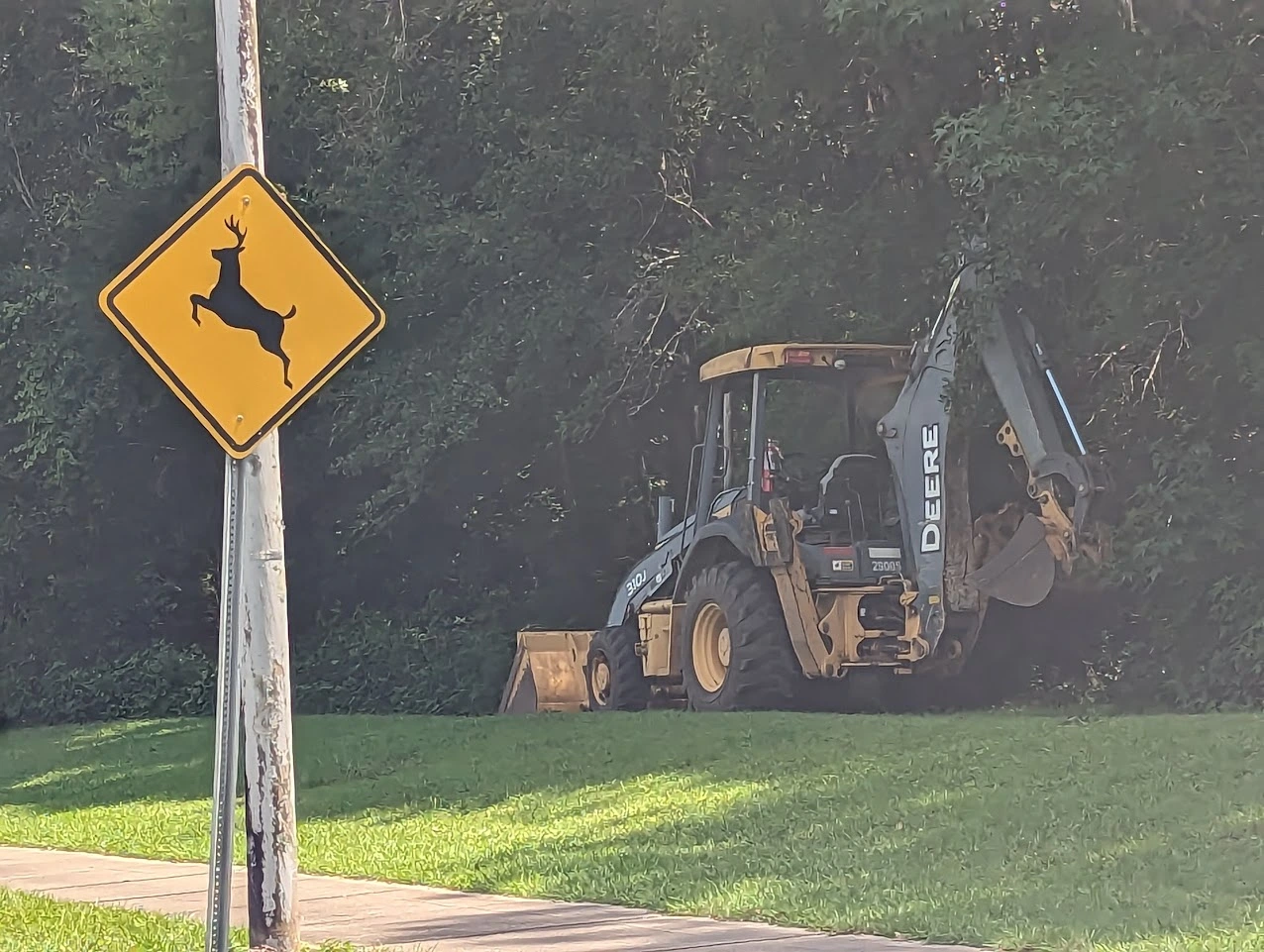I'm thinking about making some changes to my home server to make it a little more robust and let me do some cool new things with it (like actually trust it for backing up data to with NextCloud, replicating VMs or data across sites, etc). I'm just looking for any advice people might have for this process to migrate hypervisors.
What I currently have:
- Windows 10 Pro OS with Hyper-V
- Running some applications on the host OS (Plex/PRTG/Sonarr/Radarr)
- Running a few VMs for things I set up after I realized "I should be doing these in VMs..."
- 4 HDDs for data, each just mounted individually. 2 for TV, 1 for Movies, 1 for Backups
What I'd like to have:
- Better OS for running the hypervisor (Proxmox is what I'm reading may be best, but I'm open to suggestions)
- Nothing running on the host OS other than a hypervisor
- All my services running virtualized, be that via Docker in a LXC or a guest OS.
- My Drives all in a RAID 5. Planning to add more drives at some point as well.
My thoughts on the process are that the "easiest" way may be:
- Just throw a new OS drive in to install Proxmox on
- Export my VMs from Hyper-V and import them into Proxmox
- Set up the services I had running on the host OS previously in their own VMs/containers
- Make a new RAID either: a. with new disks or b. by combining data from my existing disks so I can get a free few disks to start the RAID with, then moving data into the RAID and clearing out more disks to then add to the RAID, rinse and repeat until done (that's a lot of data moving I'd like to avoid...)
I wasn't sure if it would be a smarter idea to do something more like this though (assuming this is all possible, I'm not even sure that it all is). If this is possible, it might reduce my downtime and make it so I can tackle this in bits at a time instead of having an outage the entire time and feeling like I need to rush to get it all done:
- New OS drive for Proxmox
- Use Proxmox to boot my Windows 10 drive (this I'm not sure about) so that everything continues as it's currently set up.
- Slowly migrate my services out of the Windows 10-hosted VMs and host-installed services
- I probably still have to deal with the RAID the way I mentioned above
Is there any other method I'm just totally not thinking of? Any tips/tricks for migrating those Hyper-V VMs? That part seems straightforward enough, but looking for any gotchas.
The reason I haven't done anything yet is because I only have so much time in the day, and I'm not trying to dedicate an entire weekend to this migration all at once. If I could split up the tasks it'd make it easier to do, obviously there are some parts that would be time-consuming.
Thanks in advance!

I used mostly this, but had to customize it a bit I think to get things working right. NUT feels like a super finicky system, but in the end it does work. My biggest issue right now is that it only reports a new status update to Home Assistant every few minutes, so the actions don't really get a chance to trigger before the server shuts down. It also shuts down with the UPS at way too high of a percentage remaining, so I need to figure out how to make it wait just a little bit longer before the power down. It wants to power off like < 2 minutes after the power goes out...
https://chribonn.medium.com/proxmox-nut-homelab-howto-step-5-install-nut-ups-solution-configure-nut-for-email-alerts-and-be74838fdccb